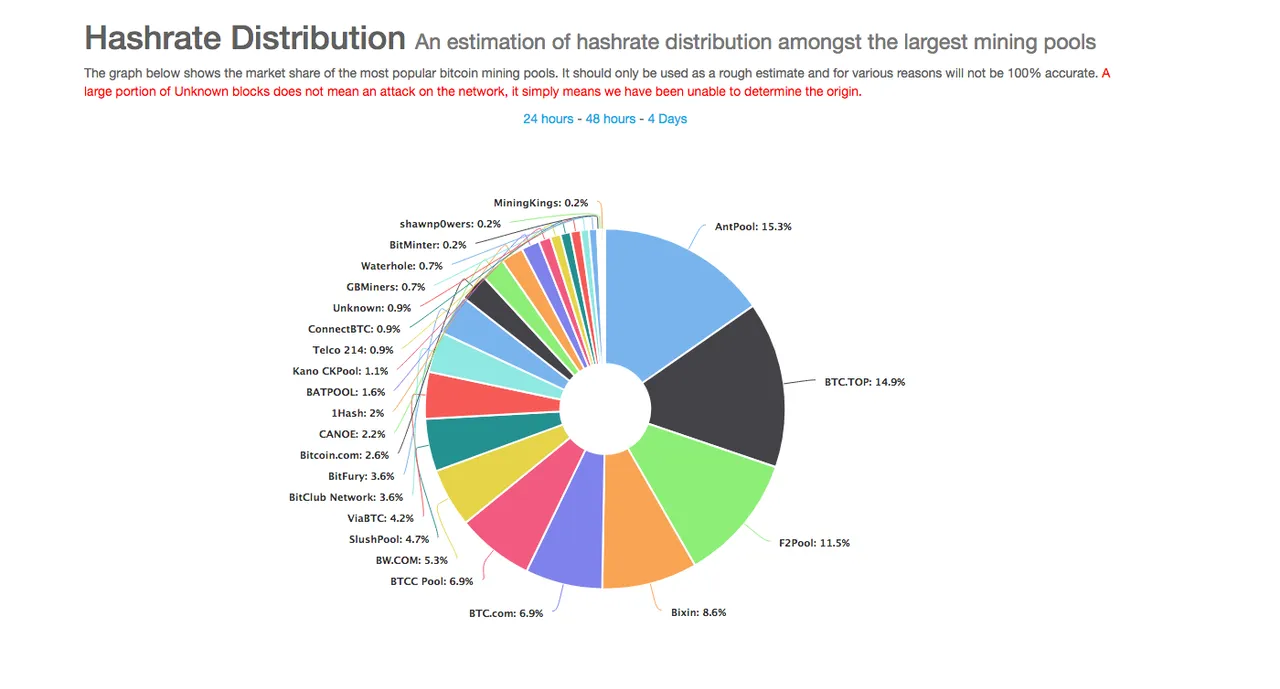
What does the recent New York Agreement tell us about Bitcoin Governance?
Introduction
One of the central tenets of bitcoin and cryptocurrency protocols is decentralisation.
The idea does not just exist for purely egalitarian reasons.
In theory a decentralised system should be more resilient than a centralised one.
For example imagine if you were running your service on a single server. If that server crashed, was hacked or had a power cut, your entire service would be taken out until it was fixed.

Definition of governance from the Google Dictionary
If you ran your service on multiple servers in different locations, then if a single server stops working you wouldn't lose the entire service, and depending on how many alternative servers you had the damage to the network may even be negligible.
In the case of bitcoin the decentralisation doesn't just apply to the network itself, it is supposed to apply to the actual governance and control of the network.
Decentralisation in this respect helps to reduce attack by more human elements such as self-interest.
If a single company was in control of bitcoin its interests may not necessarily align with the community as a whole and they might be able to force changes through that benefit them to the detriment of the rest of the community.
Most of the Mining Hashrate Comes from Just A Few Pools
Whilst we don't have a single company in the control of Bitcoin, we do seem to have several groups that have a large chunk of the say in what happens by way of controlling a huge amount of the mining power.
The recent saga of SegWit 2X vs UASF has illustrated this to a significant degree.
Distribution of Bitcoin Hashrate - Source Blockchain.info
In the case of SegWit 2X it appears a large number of vested interests (mainly large mining companies and pools) got together in private in New York and decided to support an initiative which (at the time) the rest of the community knew very little about.
The Bitcoin Core Developers were invited to attend but refused to come - presumably because they saw it as a snub or attack on their own initiatives.
These events seem to run counter to the open nature of changes to the bitcoin protocol and community openness.
Although I am strongly in favour of scaling (I think we need it ASAP) some of these actions set a troubling precedent.
Overall the situation, illustrates behaviour that is more consistent with a cartel.
It is more reminiscent of the old world business and banking models that I thought we were trying to escape in the cryptocurrency world.
Why is this Bad?
Put simply it can result in a conflict of interest.

The interests of these companies and mining pools may not necessarily align with the overall community and I can't imagine that Satoshi had this in mind when he envisaged decentralisation.
Don't get me wrong I don't believe these people are deliberately acting to take control of Bitcoin or have any sinister motives.
Many of them, the mining pools, ASIC makers, and bitcoin businesses are the very people who have the most to lose by the continued stalemate.
I believe they are doing what they think is best to move things forward and do it in the most efficient manner.
I think the risk is that long term we may actually end up losing an important part of what makes Bitcoin so strong.
Would a New Governance Model Help?
Part of the problem with this is that the current model of decision making only considers one part of the community (miners) for voting on different issues.
The miners are the ones that signal and have the say.
The problem is that the interests of miners are not necessarily aligned with the bitcoin community as a whole - at least not in all situations.
Indeed this may be one of the big reasons for the current stalemate.

After all, in the short term at least, as a miner you might actually like the higher fees that come with smaller (hence fuller) blocks as you might make more money. The long term consequences may not be as relevant to you personally.
As I have discussed before people often prioritise short term gains over long term gains, so it is perhaps not surprising that many miners have prioritised their own profits over long term viability.
One could say that the New York meeting and the UASF were both prompted by people getting frustrated by this situation.
Could there be a better way of achieving the same ends though?
One way of improving things might be to allow all users of the Bitcoin network to have a vote.
The problem is that there is no easy way to do that and the obvious solutions would likely be open to sybil attack.
That is not to say there is no solution or better way to do things. I believe we should explore other options as a community - even small improvements might be helpful and make the system fairer.
In summary I think the time to look at improving governance is long overdue.
Conclusion
I wanted to keep this short so I have only been talking about the centralisation of governance.
Obviously there are other potential sources of centralisation (e.g. geographical concentration of mining) that can also be a threat and which I might discuss in future posts.

With regard to governance I think we are dealing with a basic human issue. No perfect model of governance yet exists whether it comes to regular life or online alternatives.
Current blockchain methods have their problems - stalemate being a huge one but concentration of power must also be taken into consideration.
It seems that almost every time someone comes up with a solution to a problem, it creates a new problem which must then be mitigated against.
Unfortunately I don't have an easy answer to these problems but I don't think we should give up on looking for new solutions.
What do you think?
Thank you for reading


